By scaling up just 15 proven Nordic solutions, countries all over the world can save 4 Gt of emissions every year by 2030 – as much as the EU produces today. The cost of this scale-up equala the amount spent in just nine days on fossil fuel subsidies.
These results come from the Nordic Green to Scale study which will be launched today at the UN Climate Conference (COP 22) in Marrakech. The Finnish Innovation Fund Sitra has partnered with the Nordic Council of Ministers and distinguished institutions from all Nordic countries to answer a simple question: how far could we go simply by scaling up existing Nordic low-carbon solutions to a level of adoption in 2030 that has already been achieved by one or more Nordic countries today.
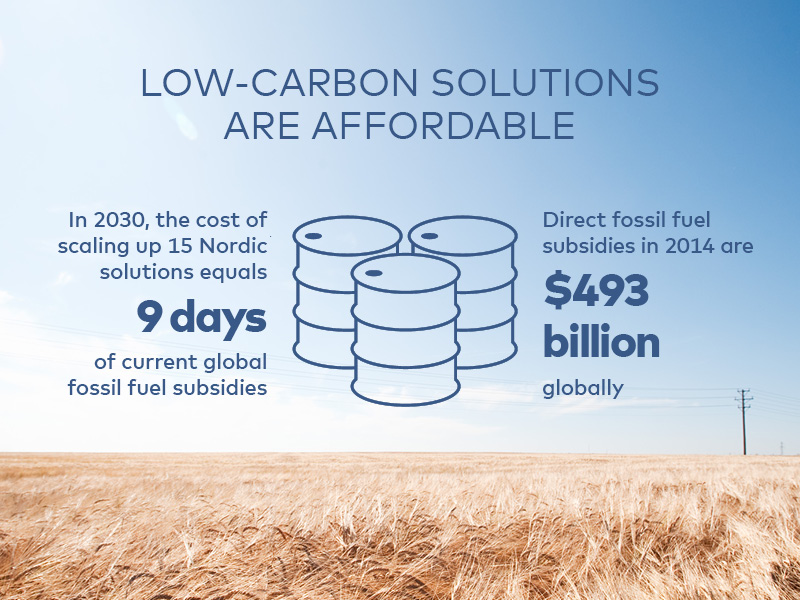
Today, already 110 countries have ratified the Paris climate agreement.
“We have to work fast in order to achieve the goals set in the Paris agreement,” says the Finnish Minister of Agriculture and the Environment Kimmo Tiilikainen, and Chair of the Nordic Council of Ministers for the Environment. “This Nordic study shows that there are already plenty of proven low-carbon solutions available, and at an affordable cost. There is no reason to wait. The time to deliver is now.”
“The main concern decision-makers have is that it’s either too difficult or too expensive to rapidly reduce emissions,” says Senior Advisor Oras Tynkkynen, who led the Nordic Green to Scale analysis on behalf of Sitra. His track record includes participation in 17 UN Climate Conferences (since Kyoto in 1997).
“Our objective with this study is to highlight what different countries have already achieved on climate action and what other countries can learn from their successes. As much as we appreciate the importance of innovation and new technology, there’s no excuse for not taking action today and introducing the solutions that are already available,” Tynkkynen says.
Reductions are needed in all sectors
The Nordic Green to Scale study shows that emission reductions can be achieved efficiently in all key sectors: energy, industry, transport, buildings and households, as well as agriculture and forestry.
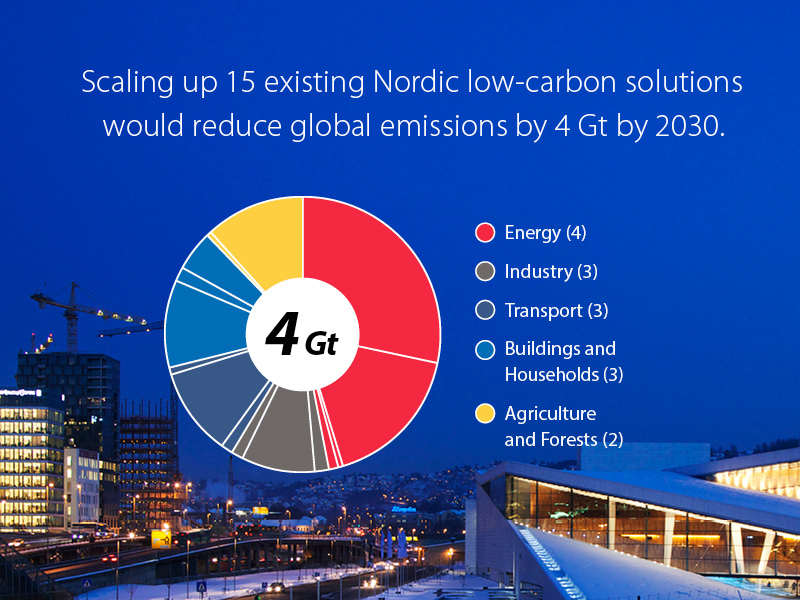
Here are some examples of what these inspiring solutions offer:
- Urban Danes cycle on an average almost 3 km every day. If other countries followed the example of Denmark and promoted cycling in cities, it would reduce emissions by almost as much as Slovakia produces in a year.
- In Finland, most industrial and district heating is provided by energy-efficient combined heat and power production (CHP). If other countries used CHP like this, it would reduce emissions by almost as much as Japan produces in a year.
- Iceland produces almost 30% of its electricity and most of its heat with geothermal energy. If countries with significant geothermal potential started using it like Iceland does, it would reduce emissions by more than Denmark produces in a year.
- Last year, almost every fourth new car sold in Norway was an electric or plug-in hybrid vehicle. If other wealthy countries used as many electric vehicles as Norway does, it would reduce emissions by almost as much as Denmark produces in a year.
- Sweden has the world’s highest number of heat pumps per population. Scaling up the solution to selected European countries would cut emissions by as much as Cuba produces every year.
In addition to direct emission reductions, the 15 solutions also create considerable co-benefits. These include improved air and water quality, higher energy security, more local jobs, lower fuel bills, fewer traffic jams and sustained biodiversity.
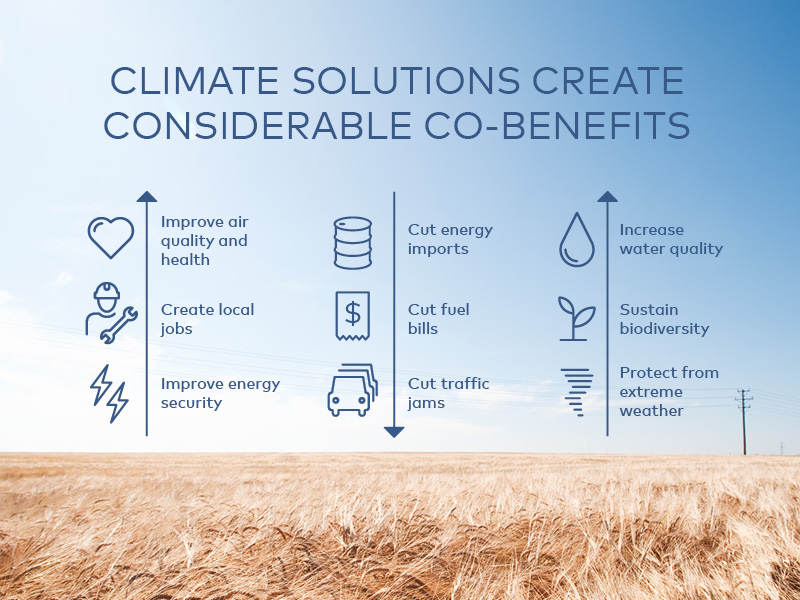
Who is behind this study?
Nordic Green to Scale was produced as a joint project of institutions from all five Nordic countries, along with the Climate and Air Pollution Group KoL of the Nordic Council of Ministers.
- The Center for International Climate and Environmental Research (CICERO), Norway, who conducted the technical analysis for the report
- CONCITO, Denmark
- The Finnish Innovation Fund Sitra, Finland
- Stockholm Environment Institute (SEI), Sweden
- University of Iceland Institute for Sustainability Studies, Iceland.
The Nordic Green to Scale study analyses the scale-up of 15 Nordic climate solutions. These 15 add to the selection provided last year by the global Green to Scale project, which showed that by scaling up just 17 proven low-carbon solutions, global emissions could be cut by 12 Gt CO2e by 2030. This global project was completed by Sitra in 2015 with leading climate institutions from 10 different countries.
The results of the Nordic Green to Scale study will be presented at the Marrakesh COP 22 climate conference at the Nordic Pavilion (in the Blue Zone, Area D, DEL 2) on Wednesday, 16 November at 13:15-14:45 (UTC+0). Follow the launch event online at http://norden.org/cop22/16-11/13.15.
Publication data
Nordic Green to Scale – Low-carbon success stories to inspire the world (handout)
Published in Helsinki by Sitra and the Nordic Council of Ministers, 2016
PDF: https://www.sitra.fi/julkaisut/Esitteet/2016/Nordic_green_to_scale_handout.pdf
Nordic Green to Scale: Nordic climate solutions can help other countries cut emissions (Edited report)
ISBN: 978-92-893-4735-8 (PDF)
Published in Copenhagen by the Nordic Council of Ministers, 2016
https://www.sitra.fi/julkaisut/Muut/Nordic_green_to_scale.pdf
Technical report: Nordic Green to Scale
ISBN 978‐92‐893‐4721‐1 (PDF)
ISBN 978‐92‐893‐4722‐8 (EPUB)
Published in Copenhagen in 2016
Publisher: Nordic Council of Ministers
http://dx.doi.org/10.6027/TN2016‐545
TemaNord 2016:545
ISSN 0908‐6692
More information
Senior Advisor Oras Tynkkynen, Sitra (editorial report)
oras.tynkkynen@sitra.fi, Tel. +358 50 512 1584
Senior Researcher Jan Ivar Korsbakken, CICERO (technical report)
jan.ivar.korsbakken@cicero.oslo.no, Tel. +47 2 200 4718
Leading Specialist Janne Peljo, Sitra (project and events)
janne.peljo@sitra.fi, Tel. +358 40 528 5754
Communications Lead Tuula Sjöstedt, Sitra (requests for an interview)
tuula.sjostedt@sitra.fi, Tel. +358 50 373 8601
List of all 15 Nordic solutions analysed in the Nordic Green to Scale study (Nordic reference case in parentheses)
Energy
- Combined heat and power production (Finland and Denmark)
- Onshore wind power (Sweden and Denmark)
- Offshore wind power (Denmark)
- Geothermal power (Iceland)
Industry
- Carbon capture and storage in oil and gas production (Norway)
- Reducing methane in oil and gas production (Norway)
- Low-carbon energy in industry (Finland and Sweden)
Transport
- Electric vehicles (Norway)
- Biofuels in transport (Finland and Sweden)
- Cycling in cities (Denmark)
Buildings and households
- Energy efficiency in buildings (Sweden)
- Residential heat pumps (Sweden)
- Bioenergy for heating (Finland)
Agriculture and forests
- Reforestation and land restoration (Iceland)
- Manure management (Denmark)
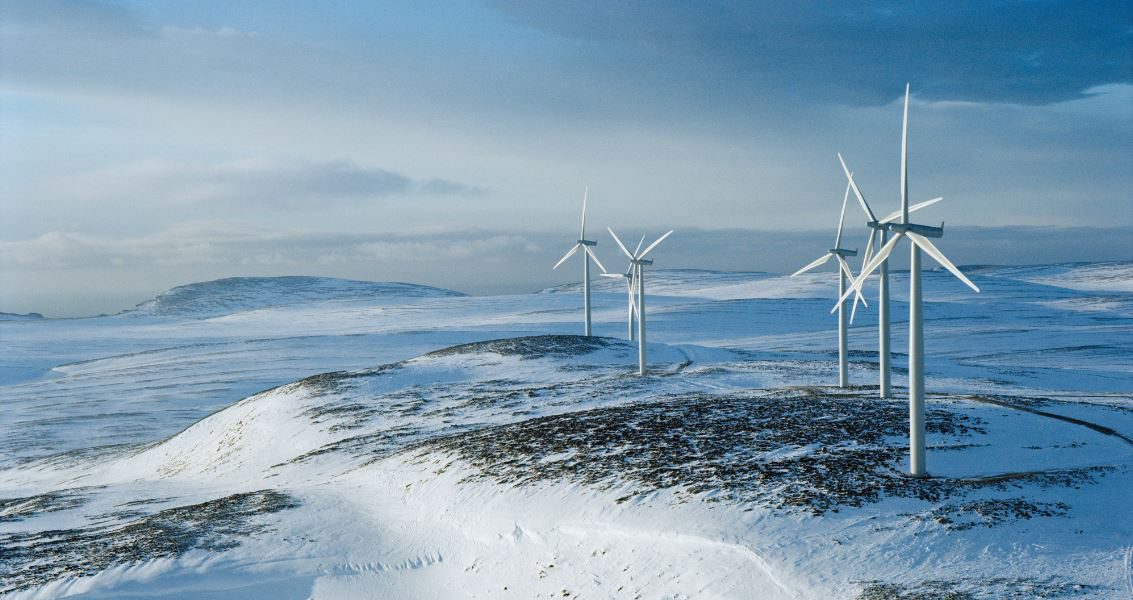


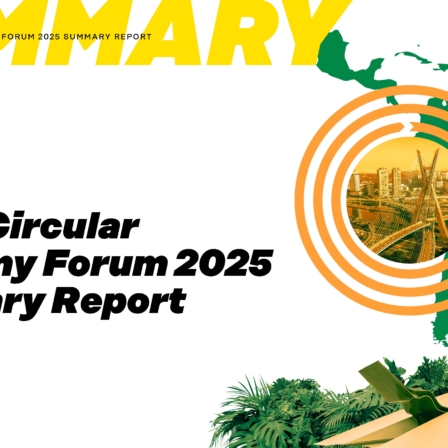
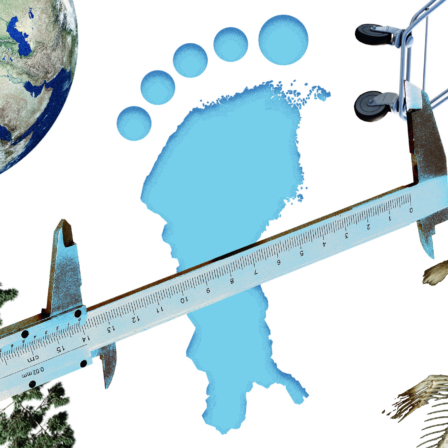



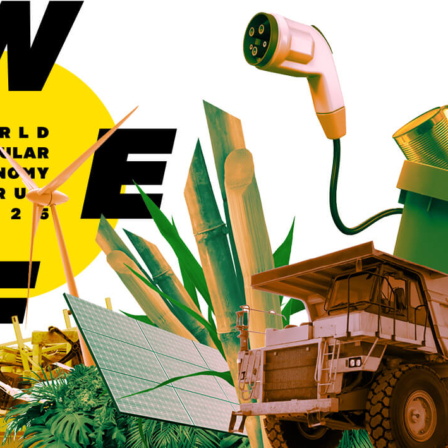









Recommended
Have some more.